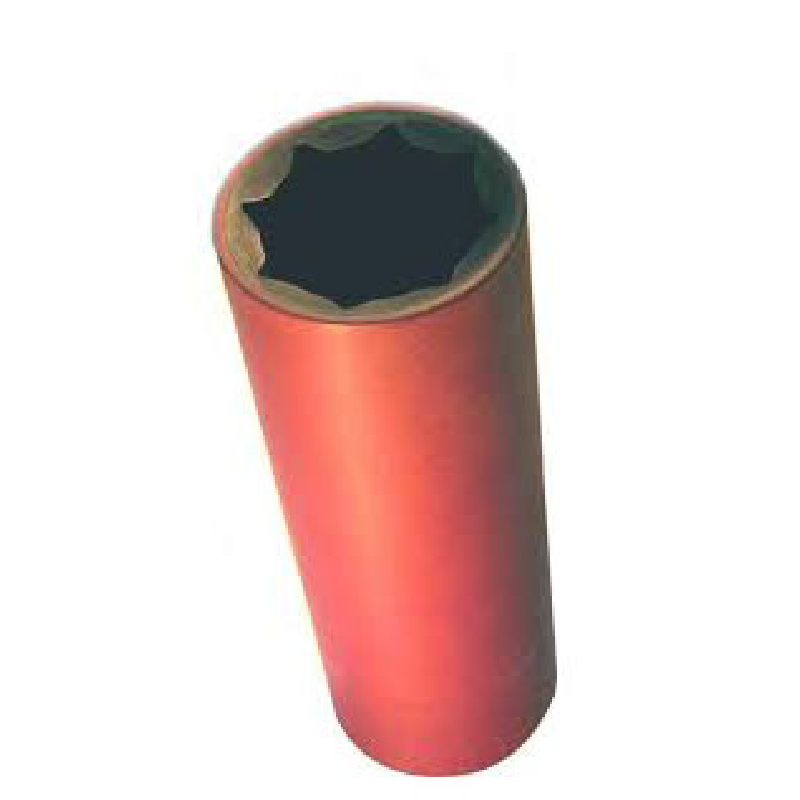Understanding the Importance of Transmission Axle Seal for Vehicle Performance and Longevity
Understanding Transmission Axle Seal Importance and Maintenance
The transmission axle seal, often overlooked in vehicle maintenance discussions, plays a crucial role in the overall functionality and longevity of a vehicle's drivetrain. This small but vital component serves as a barrier, preventing lubricant leaks from the transmission and connecting axles, thereby ensuring optimal performance. In this article, we will delve into the significance of the transmission axle seal, common issues related to it, and the necessary steps for maintenance.
What is a Transmission Axle Seal?
The transmission axle seal is designed to keep the lubricant contained within the transmission system. It seals the gap between the axle and the transmission, effectively preventing the transmission fluid from leaking out. This fluid is essential for lubricating the moving parts within the transmission, maintaining hydraulic pressure, and ensuring smooth gear shifting. Without adequate lubrication, the components of the transmission can suffer from friction wear, leading to catastrophic failures or reduced performance.
Importance of a Sealed Transmission System
A functional transmission axle seal is crucial for several reasons
1. Prevention of Fluid Loss The most apparent function of the axle seal is to prevent fluid leakage. If the seal fails, it can result in a significant loss of transmission fluid, which can lead to overheating and ultimately cause serious damage to the transmission system.
2. Maintaining Transmission Performance Transmission fluid helps to cool and lubricate gears and bearings. A compromised seal can lead to inadequate lubrication, resulting in harsh shifting, slipping gears, or total transmission failure.
3. Environmental Concerns Leaking transmission fluid can create environmental hazards, contaminating soil and potentially leading to hazardous waste disposal issues.
Common Issues with Transmission Axle Seals
Despite their importance, axle seals are susceptible to wear and tear over time
. Some common issues includetransmission axle seal

1. Wear and Tear Like any mechanical component, axle seals can wear down due to constant movement and exposure to heat and pressure. As they age, the rubber or synthetic materials can degrade, leading to leaks.
2. Improper Installation If not installed correctly, an axle seal can fail prematurely. This emphasizes the importance of proper installation procedures by qualified technicians.
3. Contamination Dirt and debris can adhere to the axle, which can compromise the seal’s integrity. Regular cleaning and inspection can help mitigate this problem.
Maintenance and Replacement
Regular inspection of the transmission system can help identify problems with the axle seal before they escalate. Here are some maintenance tips
1. Routine Inspections During regular vehicle maintenance, ask a technician to inspect the transmission seals for any signs of wear or leakage.
2. Fluid Level Checks Keep an eye on your transmission fluid levels. A sudden drop could indicate a leak, prompting an immediate investigation.
3. Timely Replacement If your technician identifies a faulty axle seal, it's essential to replace it promptly to avoid further damage to your transmission.
4. Professional Service Always entrust the job of replacing the transmission axle seal to a qualified mechanic. Proper installation is key to ensuring the longevity of the new seal.
Conclusion
In conclusion, the transmission axle seal may be a small component, but its significance in maintaining the integrity and performance of your vehicle’s transmission system cannot be overstated. Through regular inspections and prompt maintenance, vehicle owners can ensure that their axle seals function effectively, thereby preventing costly repairs and enhancing vehicle reliability. By paying attention to this integral part of the drivetrain, you can help keep your vehicle running smoothly for years to come.
-
The Ultimate Guide to Boat Propeller Bearings and Trailer Wheel Bearings
News Jul.31,2025
-
The Essential Guide to Marine Bearings and Boat Trailer Wheel Bearings
News Jul.31,2025
-
The Complete Guide to Heavy Duty Seals: Protecting Doors and Spaces Efficiently
News Jul.31,2025
-
Essential Guide to Marine Shaft Bearings and Boat Trailer Axle Bearings
News Jul.31,2025
-
Comprehensive Guide to Marine and Trailer Bearings for Safe Boating and Transport
News Jul.31,2025
-
Comprehensive Guide to Automotive Oil Seals: Protecting Your Engine and Shafts
News Jul.31,2025
-
Understanding Automotive Oil Seals: Essential Components for Engine and Shaft Protection
News Jul.30,2025
Products categories















